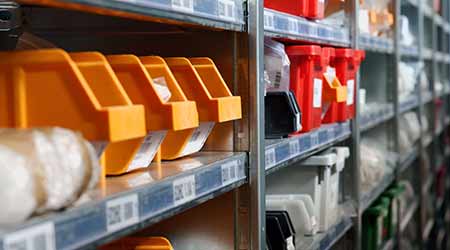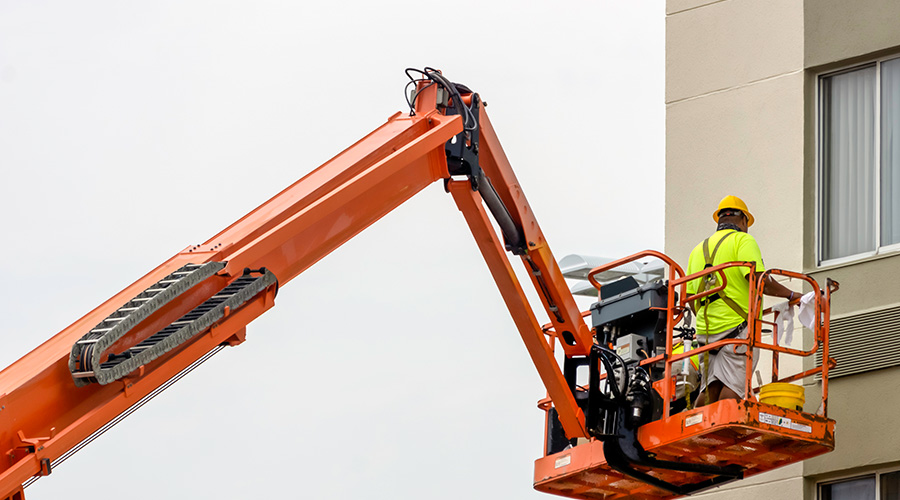Fine-Tuning Parts Inventory with CMMS
Part three of a 4-part article on inventory management
Once the CMMS-based inventory management system is in place and operational, managers must constantly monitor its operation. This process can result in tremendous benefits by enabling managers to generate a range of useful reports.
All inventory systems suffer from parts obsolescence because facilities are in a state of flux. Operations change. Support requirements change. Equipment is replaced. As a result, technicians no longer need some parts and equipment in the inventory.
Over time, the number of obsolete parts increases, taking up valuable space while providing no benefit to the department. By periodically running a report that identifies parts that technicians have not used in the last 12 or 24 months, managers can identify potential candidates for elimination.
Managers must be careful, though, because technicians might use some high-priority parts only infrequently. Before deciding to eliminate any item from inventory, have the shop supervisor review the item.
Departments also can reduce parts obsolescence if the system allows managers to tie the part to a particular piece of equipment in the facility where technicians will use it. Using this tactic, when technicians remove or replace the equipment, the system automatically flags the part for the shop supervisor’s review.
Similarly, as new equipment arrives, supervisors should add replacement parts that need to be stocked to the inventory management system. They also need to identify the items to stock, as well as the quantities of those items.
Stock-movement reports can help managers determine if inventories stock items in the right quantities, and they can identify situations in which purchasing in quantity could reduce costs, if there is sufficient room to stock the items.
The accuracy of inventory data is critical to successful system operation. Errors, losses and theft will occur, and each result in inaccurate counts and possible shortages. Departments cannot eliminate them, but they can plan for them.
The worst-case scenario is to have a mechanic call for an item that the system says is in stock but that, in fact, is not. That situation brings the system’s credibility into question and can lead to technicians hoarding items.
The department can ensure the accuracy of the CMMS-based inventory management system in two ways. First, all inventory ordering and use must go through the system without exception. Even in emergencies or after hours situations, supervisors must process those items through the system.
The second step in maintaining accuracy involves a physical count. Supervisors must physically count all items in inventory regularly and count high-priority items more often.
All CMMS-based inventory management systems try to navigate a fine line between inventory costs and technician demands. Too little inventory will result in losses and frustration with the system. Too much inventory increases costs and space requirements unnecessarily. When properly deployed and used, a CMMS can help managers and their departments achieve balance.
James Piper. P.E., is a national facilities management consultant based in Bowie, Md. He has more than 30 years of experience with maintenance and engineering management issues.
Related Topics:















